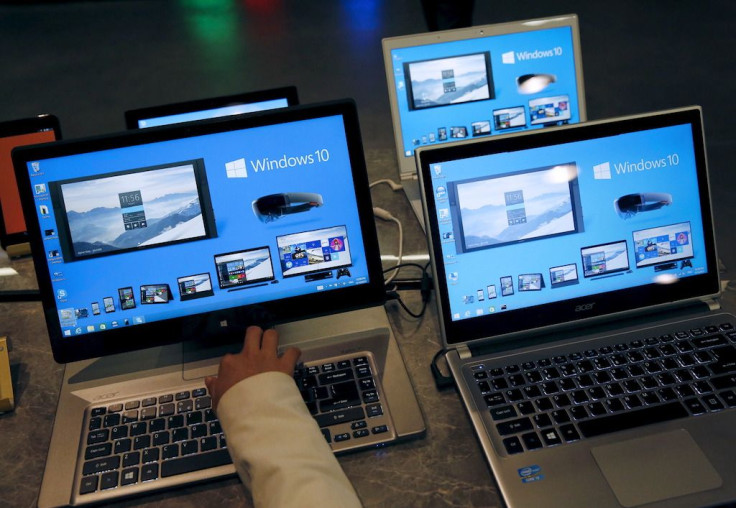Windows 10 To Feature Native Eye Tracking For Hands-Free Interaction With User

Microsoft has announced that it is planning to add native eye tracking technology in Windows 10. The feature is dubbed simply as Eye Control, and it is intended to make Windows 10 more accessible to those who have ALS or other neuromuscular diseases.
Eye Control in Windows 10 will allow those who have ALS and other neuromuscular diseases control various user interface elements in Microsoft’s operating system without having to touch the device. This would let those who can’t move their hands to control Windows 10 computers without a keyboard or a mouse.
Eye Control in Windows 10 will let users navigate the user interface by simply gazing at parts of the screen. Users will be able to open apps, type and perform other actions without the need to use their hands. This also includes moving the mouse cursor with just one’s eyes, according to VentureBeat. This is part of Microsoft’s effort in Making Windows 10 more accessible.
READ: Microsoft Begins Selling Mixed Virtual Reality Headsets From HP, Acer
“Eye Control makes Windows 10 more accessible by empowering people with disabilities to operate an onscreen mouse, keyboard, and text-to-speech experience using only their eyes,” Microsoft said.
Microsoft explained that its endeavor to bring native eye tracking to Windows 10 was first initiated back in 2014. At the time, the company held a hackathon event where former NFL player Steve Gleason, who has amyotrophic lateral sclerosis, suggested to make computers more accessible to people like him.
Ability EyeGaze, one of the teams during the hackathon, created a wheelchair that can be controlled using gaze-tracking technology on a Microsoft Surface device. Ability EyeGaze took the first place prize at the hackathon, but it also caught the attention of Microsoft’s Windows team. This kickstarted Microsoft’s plans to integrate native eye tracking in Windows 10.
Eye Control in Windows 10 will require hardware from Tobii, a company that specializes in eye tracking technologies. The first Tobii device to support Eye Control in Windows 10 is the Eye Tracker 4C, while other existing devices like the Dynavox PCEye Mini, PCEye Plus, EyeMobile Plus and I-series will be supported soon, accoridng to The Verge.
“Eye tracking opens up the possibility of augmenting your interactions by making them more direct and natural,” Tobii Tech said on its website. “It can help you to select, type and speak entirely hands-free. It can show you only the relevant information that you focus on, and remind you where you have been on your device as well as where you are focusing now.”
Eye Control in Windows 10 is currently in beta, and willing participants will need to sign up to Microsoft’s Windows Insider program to try it out.
READ: Microsoft Adding AI-Powered Search Feature For Windows 10 Photos App
Microsoft already has accessibility features baked right into the Windows operating system, but they mostly focus on hearing and vision problems. Eye Control in Windows 10 will give more people the ability to use computers regardless of their physical condition.
With Microsoft and Tobii working side by side to make this possible, this also opens up the opportunity for other manufacturers to do the same. This kind of eye tracking technology could possibly even make its way to smartphones, tablets and other devices in the future.
© Copyright IBTimes 2024. All rights reserved.





















